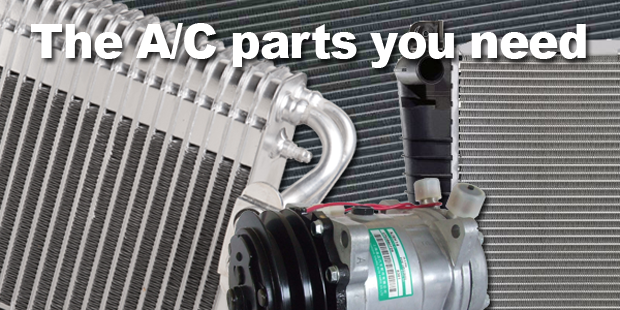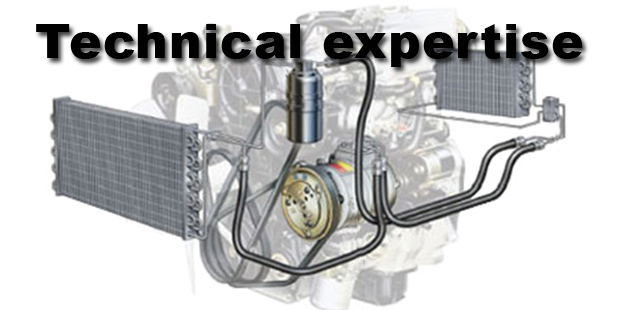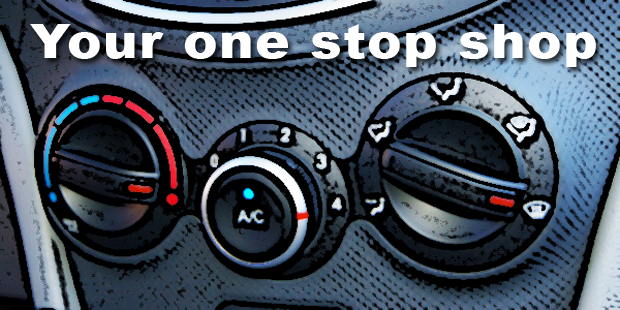More Website Templates @ TemplateMonster.com - January 30, 2012!
Welcome!
Automotive Solutions LLC is a company with nearly 30 years of successful experience in the
Automotive Air Conditioning Industry. Our services include products for Automotive Thermal
Management and Engine Cooling Systems for Heavy Duty Trucks, Off Road Vehicles and
Agricultural Machinery. We distribute and sell our products in the United States and in more than
40 countries world-wide.
Being an independent Warehouse Distributor and Exporter, Automotive Solutions offers and
delivers the best option for complete automotive air conditioning systems as well as a full range of
Auto and Truck Air Conditioning Replacement Parts. With the collaboration of our selected local
and overseas partners, Automotive Solutions can fulfill all your air conditioning needs with reliable
products and competitive prices.
Below is a sampling of the products we offer. However, for complete information, please visit our Products Page or use our On-line Catalog.
Automotive Solutions LLC
2120 Ridgmar Blvd., Suite 211,
Fort Worth, Texas 76116
Telephone: +1 817 293 3232
FAX: +1 817 887 0847
Skype: automotivesolutions1
E-mail:info@automotivesolutionsllc.com
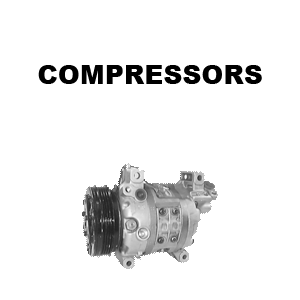
The primary function of the compressor is to compress and pressurize gaseous refrigerant. It takes in cool gas into its suction port and pressurizes it at its discharge port. We carry a great variety of new and remanufactured compressors, including Sanden, Tama, York, Denso, Delphi, A6, FS10 and more.
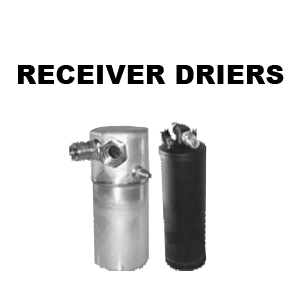
The amount of refrigerant circulating through the air conditioning system varies as the heat load changes. The receiver drier helps the system adapt to these changes. The receiver drier consists of a strainer to remove foreign substances, a desiccant to absorb moisture from the refrigerant and a sight glass to check the amount of refrigerant.
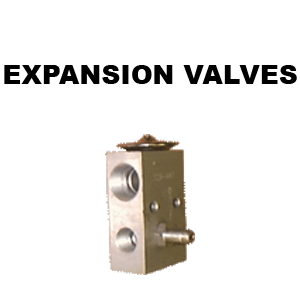
The expansion valve is attached to the evaporator inlet and outlet pipes. It converts high pressure liquid refrigerant from the liquid tank to misty, low pressure refrigerant, and delivers it to the evaporator. The expansion valve automatically controls the flow rate of refrigerant to obtain the necessary cooling ability required by the fluctuating heat load.
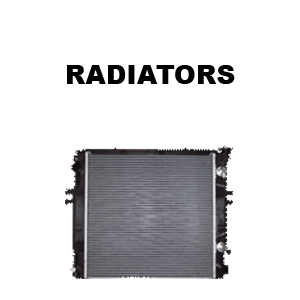
Radiators are used for cooling internal combustion engines in automobiles and trucks. To cool down the engine, a coolant is passed through the engine block where it absorbs heat from the engine. The hot coolant is then fed into the inlet tank of the radiator and distributed across the radiator core. As the coolant circulates through the radiator tubes on its way to the opposite tank, it cools again. The cold coolant is fed back to the engine, and the cycle repeats.
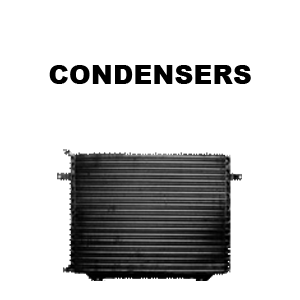
The refrigerant enters the condenser as a pressurized gas from the compressor. The process of pressurizing the gas and moving it to the condenser creates heat, but air flowing around the twisting tubes of the condenser cool the refrigerant down until it forms a liquid again. The liquid refrigerant is now a high-pressure liquid and nearly ready to cool the car.
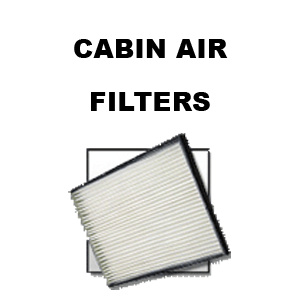
A new, exciting and profitable product from Automotive Solutions. 30% of total vehicles are equipped with Cabin Air Filters. 80% of new vehicles produced come standard with Cabin Air Filters. 92% of vehicle owners would change it, if they were informed. 95% of applications can be installed within 5 – 10 minutes.
-

As the cold liquid exits the expansion device, it is fed to an evaporator, normally, under the dash which blows warm air from the car interior across it. The cold liquid refrigerant is what cools the air you feel coming out of the ducts. As the air is cooled in the evaporator, the liquid refrigerant is heated in the other side of the heat exchanger and then it evaporates.
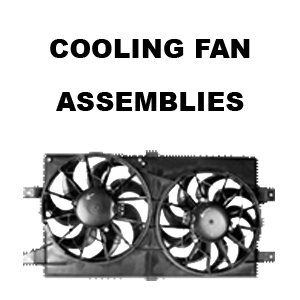
The Cooling Fan Assembly is an essential part of a vehicle’s cooling system. It must complement the rest of the cooling system by efficiently cooling the radiator and/or condenser. A failure in the vehicle’s cooling system can result in engine overheat and may lead to permanent engine and/or transmission damage, resulting in thousands of dollars in repair costs.



